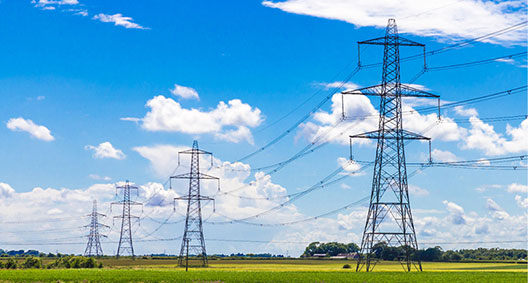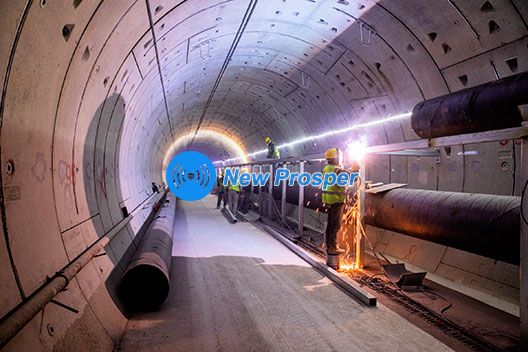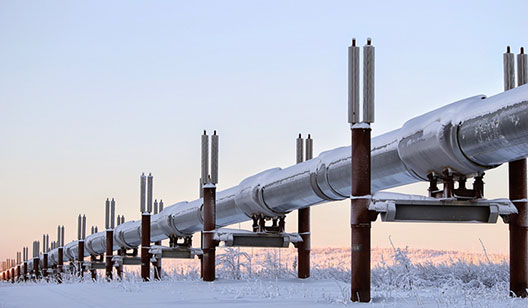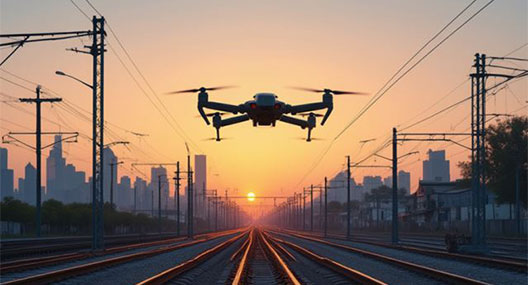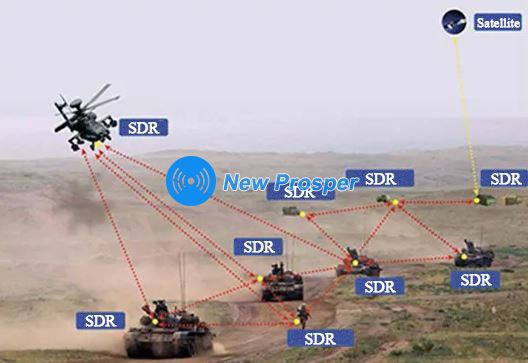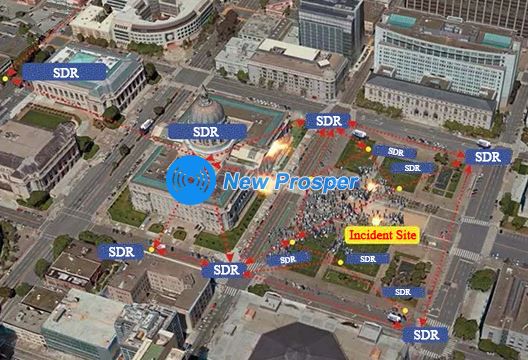SDRs are flexibly deployed across power generation, transmission, transformation, and consumption segments. Fixed SDRs are installed at substations, transmission towers, and distributed energy sites, while mobile SDRs are carried by inspection personnel or mounted on vehicles and drones. These SDRs rapidly form a multi-hop, self-healing wireless private network without relying on public network infrastructure.
The system enables real-time transmission of power load data, equipment status information, and fault indicator signals. Inspection personnel can transmit on-site high-definition video and infrared temperature measurement data in real-time through the mesh network, while distribution automation terminals achieve millisecond-level data interaction through low-latency transmission. Microgrid control SDRs utilize the network for distributed energy coordination control, supporting real-time interaction of power dispatch commands.
Compatible with existing power communication networks, the system facilitates seamless integration between wired SDH/MSTP networks and wireless mesh networks. Its anti-interference capability ensures stable communication in complex electromagnetic environments, while dynamic spectrum sensing technology enhances spectrum utilization efficiency. The"center-free" architecture ensures continuous network operation even if any SDR fails, significantly improving the power communication network's disaster resilience. Additionally, the system supports rapid emergency networking for disaster scenarios such as ice damage and typhoons, enabling real-time interaction of fault isolation and power restoration commands.
